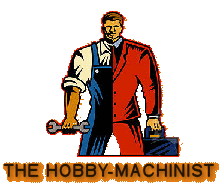I've noticed a sound when milling...but not always. It is a slight ticking/knocking sound. Today when drilling, I noticed no sound at all. It seems to only occur when milling under a load, medium to heavy cut.
Another thing I noticed today is when the collet is tight and I manually twist the draw bar I hear a the slight tick/knock. It's as if there is slight rotational play in the spindle.
Thoughts?
Another thing I noticed today is when the collet is tight and I manually twist the draw bar I hear a the slight tick/knock. It's as if there is slight rotational play in the spindle.
Thoughts?


